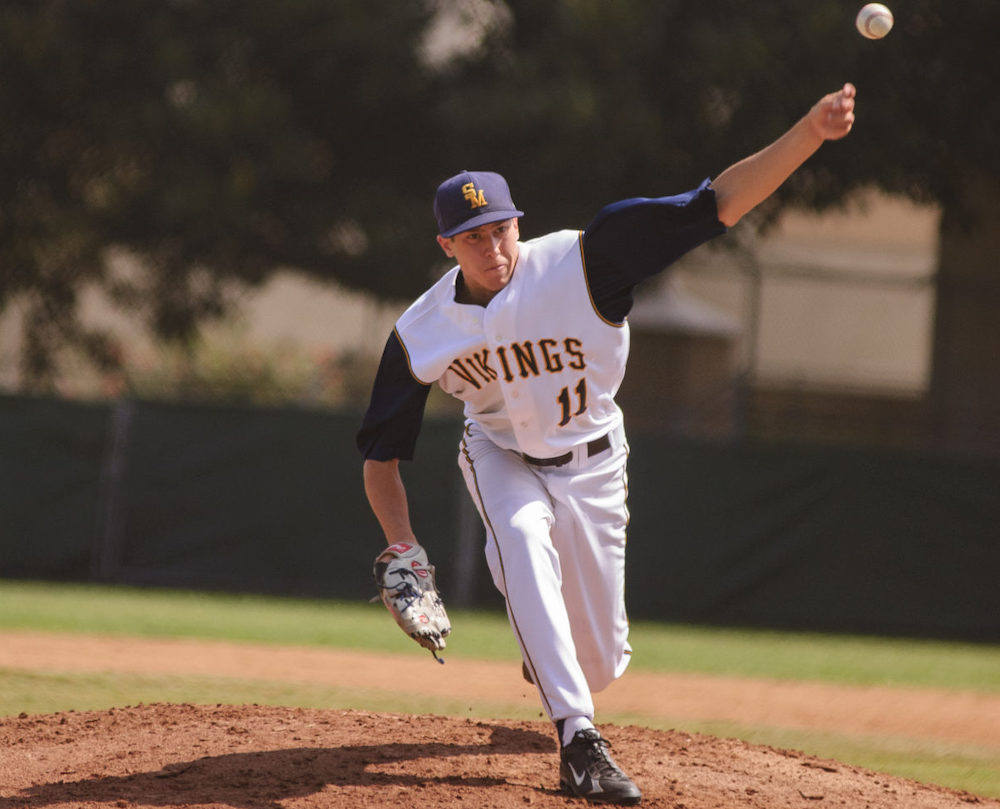Officials approve measures for improving pedestrian safety along Wilshire
By Sam Catanzaro
For pedestrians and cyclists, crossing Wilshire Boulevard in Santa Monica is a dangerous endeavor: over the past decade, six fatalities and 29 severe injuries have occurred along the street. Now city officials have approved plans to prohibit left turns at many Wilshire intersections, among other measures intended to increase safety along the corridor.
“Vehicles are just not yielding to pedestrians as they are trying to cross the street,” said Joseph SanClemente at the February 11 Santa Monica City Council meeting.
SanClemente, a City Transportation Planner, was presenting on a study that looked at pedestrian safety along Wilshire Boulevard. According to SanClemente, four intersections along Wilshire Boulevard were identified as among the City’s top 10 intersections with the highest occurrence of severe injury and fatal crashes: 16th, 18th, 21st and 25th Streets. Over the past decade, six fatalities and 29 severe injuries have occurred along the 2.4-mile stretch roadway.
“My grandfather was killed in the crosswalk at Wilshire and 10th by a speeding automobile driver. I speak from personal experience when I say that we need to do everything possible to prevent any more traffic tragedies on Wilshire,” said Michael Brodsky, a Santa Monica resident in a letter to the city.
The safety study involved crash data analysis, data collection and a year-long community engagement process, to produce safety countermeasures.
“The main comment that we heard is that it is just difficult for pedestrians to cross Wilshire Boulevard. There are a lot of challenges crossing that street,” SanClemente said. “There is a lot of parking that is happening in red zones that is inhibiting visibility at crosswalks…there are some dark lit conditions out there. If you are standing on the corner it is hard for people to see you as you are driving by.”
Among safety measures approved by city officials Tuesday include right-turn-only from stop-controlled side streets at 13 intersections along Wilshire Boulevard, which the city says will reduce angle crashes, improve pedestrian safety and reduce motorist confusion.
“About one in five crashes [along Wilshire] involves a vehicle making a left turn or through movement originating from the side street. One in five, 20 percent, despite representing less than one percent of overall traffic volume,” said Nat Gale, a consultant brought on by the city to assist in the study, adding that “people walking are disproportionately affected in the traffic crashes.”
Other measures coming include rapid flashing beacons at five locations (10th, 18th, 22nd 25th and Franklin Streets) to alert drivers and to enhance pedestrian visibility and restricting U-turns eastbound and westbound approaches where appropriate. Also, corridor-wide signage and pavement marking enhancements will come to all un-signalized crossings including, white edge lines to delineate the parking lane to provide more cues to drivers to yield.
To enhance cyclist safety, improved north-south bicycle connections are slated at each of the existing north-south bicycle routes crossing Wilshire at 6th, 7th, 11th, 14th, 17 and Yale Streets. According to the City, these markings will help inform bicyclists of parallel routes available and improve driver awareness of people on bicycles.
On Tuesday, Council approved $1-1.5 million in funds for the design and implementation funding for phase one improvements. Phase two and three measures, totaling around $12 million, not yet been approved by officials, would include improvements such as installing stoplights at certain intersections that only have stop signs currently.
“We applaud the phased approach to secure funding – but only with support and direction of full implantation beyond the short term measures and implementation of the medium and longterm designs as soon as is possible,” said Santa Monica Spoke, a pedestrian and cyclist advocacy non-profit. “We know where crashes and injuries happen – intersections. We know why – speeding and distracted driving. Though we know it is not always that simple, we must be thoughtful and forward-thinking yet swift to implement designs that are proven to work along with freedom to incorporate proven emerging design innovations.”












